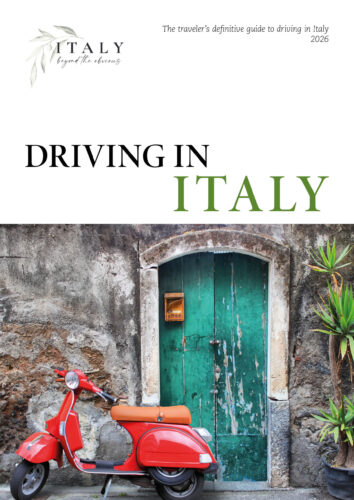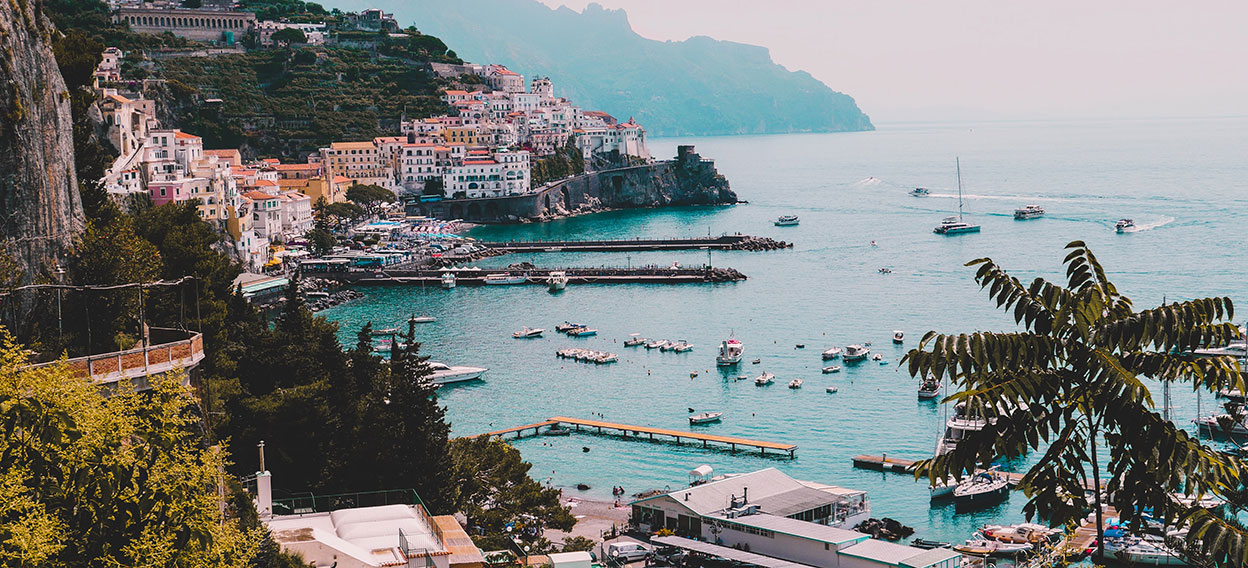Fabulous for photography, but not so much for an off-the-beaten-track experience, the UNESCO World Heritage Site and town of Alberobello is famous for its white-washed, conical-roofed trulli dwellings.
The History of the Trulli
Much about the origins of the trulli remains a mystery, but a few things are known: the trulli were originally peasant houses, built without mortar by creating a cone shape using pieces of limestone found in nearby fields. The cone was originally built directly on the ground, (not sitting atop four walls as it does today), and is capped still today with a ball and then a pinnacle, the former being analagous to the keystone of an arch: pull it out and the whole structure falls apart.
For this reason, and because no mortar was used, one theory about the origins of the trulli is that they were built to avoid paying taxes: anyone who built on the king’s land in the middle ages owed taxes to the king. In theory, the trulli could be quickly dismantled for the tax collector’s visit, and then rebuilt again afterwards (existing trulli are held together with mortar, so don’t worry about someone accidentally pulling the house down on your head). The trulli around today are just 500 years old, which could support the theory that they were pulled down and rebuilt.
Trulli Basics
Many trulli have decorative symbols painted on their roofs, tied to pre-Christian, solar, Jewish, or pagan cults. Each trulli roof marks just one room: the layout includes a living room, dining room, kitchen, and sleeping nooks. When a family wanted to expand, they would build a second trullo next to the first, and punch a hole in the walls to connect the two. Even today, trulli are heated by only a central stove, however due to their extremely thick walls, they stay naturally cool in the summer and warm in the winter. The roofs are built with channels, so rainwater is collected in underground tanks.
Tourism in Alberobello
You won’t need directions once you get to Alberobello; the tourist itinerary is well-marked. Many of the trulli have been turned into tourist shops, and if you visit one, there is some pressure to buy a souvenir of some sort. I’ve heard Alberobello described as both “over the top touristy”, and “a photographer’s paradise”, so you decide whether it’s worth it.
Alberobello is the trulli capital, but if it’s too touristy for you, trulli can also be found in the towns of Locorotondo, Fasano, Cisternino, Martina Franca, and Ceglie Messapica. If you would like to stay in the area, Martina Franca is a good less-touristy bet.
Getting There
Alberobello’s train station is a 15-minute walk – with a couple short, steep hills – from the beginning of the main street. The trains to Alberobello are reliable, but can be slow (for example the train from Bari is 90 minutes, by car it’s 60 minutes). If you’re just doing a daytrip from Bari or Taranto, the train is convenient. But if Alberobello is just one stop on a Puglia itinerary, consider renting a car or taking the bus.


